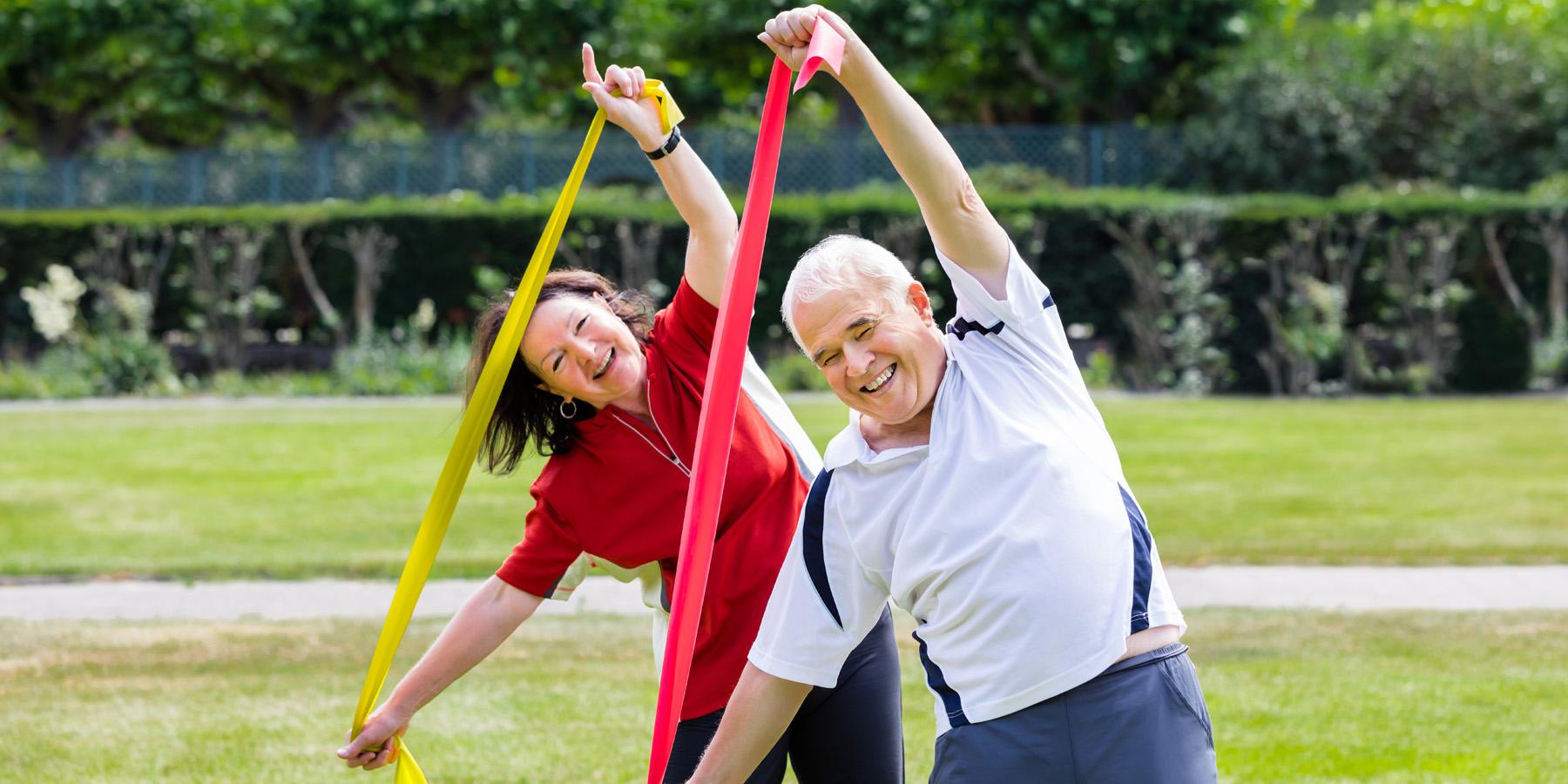Cancer care for all: A life course approach that leaves no one behind
31st January 2022

31st January 2022
4 February is World Cancer Day, inviting everyone to play their part in creating a cancer-free world. In 2022, under the theme ‘Close the Care Gap’, the campaign is all about understanding and recognising the inequities in cancer care around the globe.
Often, a person’s income level and location determine both the quantity and quality of care they can access. They can also be subjected to assumptions and even discrimination due to their race, ethnicity, gender or sexual orientation. One of the most common, but least discussed, factors which negatively affects cancer care worldwide is age.
Older age is one of the leading risk factors for cancer and many other noncommunicable diseases (NCDs). Cancer among people aged over-65 accounts for 51% of total cancer cases worldwide and 59% of all cancer-related deaths. Yet, we are not seeing the development of care services to meet the unique needs of older adults with cancer and other NCDs or the inclusion of older adults in national health statistics or plans to drive and measure progress.
A systematic review of cancer and ageism found older adults were more likely to not receive the care they required compared to younger adults, leading to significantly worse health outcomes in 95.5% of studies.
The world today is going through a longevity revolution, where the number of people aged over 65 is skyrocketing, and now accounts for over 9% (703 million people) of the global population. Estimates suggest that this number is expected to rise to 15.9% (1.5 billion) by 2050 and 29.7% (2.4 billion) by 2100.
An ageing population can be considered a triumph of successful development. It means that we are getting a grip on the causes of death that previously cut many lives short. But it also means we will need to reshape our health systems – as well as our views on ageing – to adequately follow each person through his or her life course. Currently this growing demographic is often left behind when it comes to the treatment of chronic diseases like cancer.
The COVID-19 pandemic has demonstrated the importance of investing in robust and coordinated health and social care systems, rooted in primary health care, to protect and promote healthy ageing. This needs to begin with a holistic approach to health that focuses on the person, rather than the specific disease – or diseases – they are living with.
Solutions include integrating training on NCDs and geriatric care into core curricula and continuing medical education, as well as supporting the development and adoption of geriatric assessments and clinical guidance for healthcare workers on the management of co-morbidities, including training and support for patient caregivers at home.
It is also crucial to ensure that financial and social protection mechanisms cover older adults. Health coverage packages need to progressively increase protection of this population, as they are among the most vulnerable to financial catastrophe due to out-of-pocket healthcare costs – especially in low- and middle-income countries – and because they often rely on fixed income from pensions or on family resources to live.
Closing the gap due to age and integrating the needs of older adults for more inclusive cancer care is something all countries should prioritise.
Multiple studies have found that ageism shapes whether older adults will receive care as well as the type and quality of services which are delivered. This could include misunderstandings by patients, their families and healthcare staff about the opportunities for treatment as well as the abilities and preferences of older adults with cancer and other NCDs to lead decision making about their care. However, some countries are leading the way in addressing care gaps.
In Ireland for instance, the approach to deciding cancer treatment is the same for young and elderly patients. This is because the patient’s performance status, which provides a score that estimates the patient’s ability to perform certain activities of daily living, is used to guide decisions on appropriate care pathways. Performance status is used for every patient, and, in some cases, a 30-year-old may have a much lower score than a 70-year-old.
The East Galway and Midlands Cancer Support Centre have gone one step further, innovating their services by bringing together younger patients and older patients. This enables the centre to support its patient's needs more holistically, allowing patients to support and learn from each other across age groups, easing isolation in older people and improving their engagement with the centre’s services.
Chile is another country taking steps to provide better cancer care to people over 65. At the Arturo Lopez Perez Foundation (FALP), an oncogeriatric unit was created in response to a high volume of older adults with cancer entering care. The unit, created in 2018, conducts comprehensive geriatric assessments of older adults with cancer. This has allowed their oncology teams to personalise these patient’s treatment more effectively, considering factors such as co-morbidity and geriatric syndromes such as malnutrition, depression, sarcopenia and falls syndrome, among others.
Recognising the opportunity for improving care nationwide, FALP is now collaborating with other national health centres to support the standardisation of geriatric cancer care, addressing some of the current inequities. As an example, the team is working with geriatricians to replicate the FALP care model and build capacities in all of the country’s other cancer centres. In time, more geriatric cancer specialists will be needed, but for now, this should reduce the adverse effects of treatment toxicities and improve outcomes for older cancer patients.
Improving cancer care for the elderly won’t close the entire cancer care gap, but we hope to see health systems everywhere taking steps in the same direction as Ireland and Chile, so that we can all live healthier and longer lives together, now and in the future.
*Facts and findings presented in this blog are taken from the publication Building momentum: People-centred cancer care at all ages. Read more in the full report!